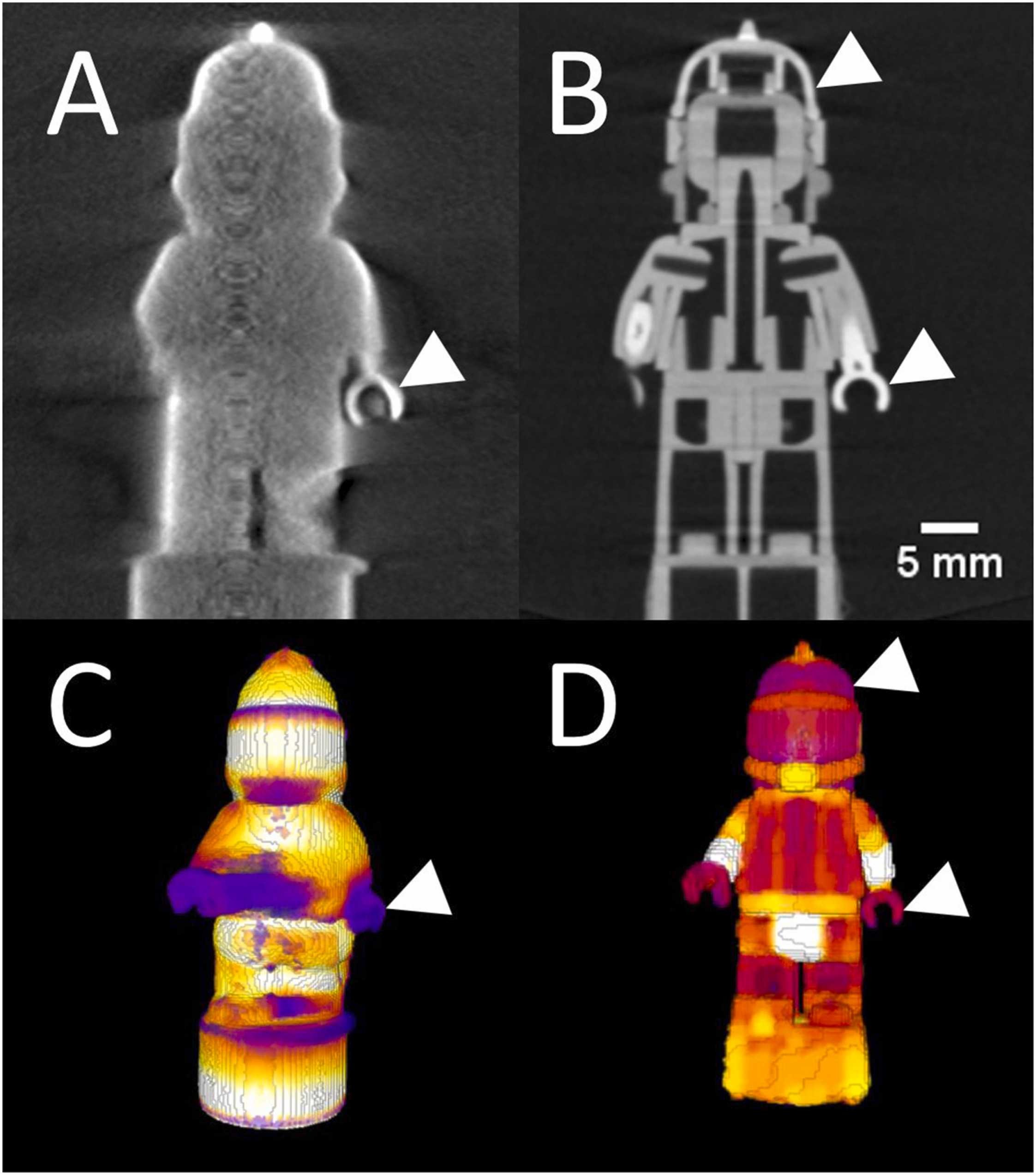Introduction to Python for Biologists.
- Why Python for Biology?
- Biological Data Types and Python
- Sequence Analysis - Part 1
- Sequence Analysis - Part 2
- Image Analysis - Part 1
- Image Analysis - Part 2
- Database Management and Python
- Statistical Analysis in Python
- Bioinformatics and Python
- Data Visualization in Python
- Machine Learning for Biology with Python
- Project Planning and Design
- Implementing a Biological Project with Python
Image Analysis - Part 2
Case Study: Tissue Imaging with Python

Representation or reproduction of an object's form.
Tissue imaging is a critical aspect of biological research, providing insights into the structure and function of tissues at a microscopic level. This unit will explore a real-world case study on tissue imaging, demonstrating how Python tools and techniques can be applied to analyze tissue images.
Introduction to Tissue Imaging
Tissue imaging involves the use of various techniques to visualize and analyze the structure of tissues. This can include techniques such as histology, where tissue samples are stained and observed under a microscope, or more advanced techniques such as confocal microscopy or electron microscopy, which provide higher resolution images.
Applying Python Tools for Tissue Imaging
Python offers several libraries that can be used for image analysis, including OpenCV, scikit-image, and PIL. These libraries provide a range of functions that can be used to process and analyze tissue images.
For example, you might use the OpenCV library to read in an image, convert it to grayscale, and apply a threshold to highlight certain features. You could then use the scikit-image library to perform image segmentation, separating the different components of the tissue for further analysis.
Interpreting the Results
Once you have processed and analyzed your tissue images, the next step is to interpret the results. This might involve identifying patterns or anomalies in the tissue structure, or quantifying certain features such as the size or density of cells.
Python can also assist with this process. For example, you could use the matplotlib library to create visualizations of your data, helping to highlight key findings. Or you could use the pandas library to perform statistical analysis on your data, providing a more quantitative understanding of your results.
Challenges and Solutions in Tissue Imaging Analysis
Tissue imaging analysis can present several challenges. For example, tissue samples can vary greatly in their structure and composition, making it difficult to apply a one-size-fits-all approach to image analysis.
Python's flexibility and wide range of libraries can help to overcome these challenges. For example, you could use machine learning techniques to train a model that can adapt to the unique characteristics of each tissue sample. Or you could use image enhancement techniques to improve the quality of your images, making it easier to identify key features.
In conclusion, Python provides a powerful set of tools for tissue imaging analysis. By understanding how to apply these tools, you can gain deeper insights into your biological research.